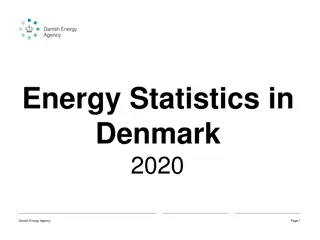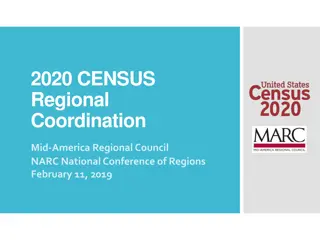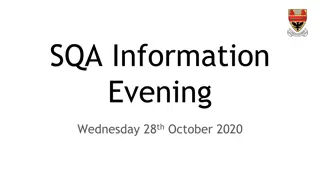
Set Operations: Definitions, Theorems, and Properties
Learn about set operations including union, intersection, and difference with detailed definitions, theorems, and properties. Understand how to find relative complements and apply set operations with examples.
Download Presentation

Please find below an Image/Link to download the presentation.
The content on the website is provided AS IS for your information and personal use only. It may not be sold, licensed, or shared on other websites without obtaining consent from the author. If you encounter any issues during the download, it is possible that the publisher has removed the file from their server.
You are allowed to download the files provided on this website for personal or commercial use, subject to the condition that they are used lawfully. All files are the property of their respective owners.
The content on the website is provided AS IS for your information and personal use only. It may not be sold, licensed, or shared on other websites without obtaining consent from the author.
E N D
Presentation Transcript
operation on sets *Definition: - the union of A and B, denoted by AUB, is the subset of U defined by x ? B} or Ax ? x | } = BUA i.e. ? ? ? ? ? ? ? ? Theorem: If A, B and C are subsets of the universal set U, then 1. A A, Q A , A U 2. A if and only if A= 3. {x} A if and only if ? ? 4. if A B and B C, then A C 5. A=B if and only if A B and B A
Note. A B i . e (which mean) ? ? ? ??? ? ? The union A and B is the elements set is belong of A or B * or both and denoted by AUB * Properties of union 1. A AUB B AUB 2. A B AUB=B 3. AUB=BUA commutative Law 4. (AUB)UC=AU(BUC) Associative Law 5. AU =A 6. AUA=A 7. AU u=u 0
Definition: - let A,B be two sets ,then the intersection of A and B ,denoted by A B is the subset of U defined by A B=}x | x A and x B} i. e x A B x A x B i. e intersection of A and B is the joint of the set of all element between A and B. properties of intersection: 1. A B A A B B 2. A B A B=A 3. A B = B A commutative Law 4. (A B) C = A (B C) Associative Law 5. A =
6. A u=A 7. A A=A a 0 b=c a . b=a . c a ,b ,c , // -2,1,-4} , B={1,-5,4} , C={1,3,-1} A=} 1 , A B={1} ,but B C = } } ? ? B C=A A ? ? ? ? = ?
the difference ) ) Let A, B be two sets, say for element ,set is belong to A and not belong to B is difference of A and B (or the relative complement of B in A) denoted by A-B is the subset of u defined by A-B={x| x A but x i. e x A-B x A x B Note The particular difference u A is called the complement is denoted by Ac : for elements set it belong to u and not belong to A. B} Ac = u A={x | x u but x A}
Example: Take u ={ 0,1,2,3,4,5,6} for the universe and let A={1,2,4} ,B={2,3,5} find relative complements A-B and B-A and Ac , B c . Sol.\\ A-B={1,4} , B-A={3,5} , Ac ={0,3,5,6}, B c ={0,1,4,6} Note: A-B and B-A are disjoint and unequal ,in fact , * If and only if A=B.A-B=B-A *General the union and intersection an arbitrary non empty of subsets A1 ,A2 , .An Ai={x | x Ai for some set Ai} i=1 i={x | x Ai for every set Ai}A i=1






















